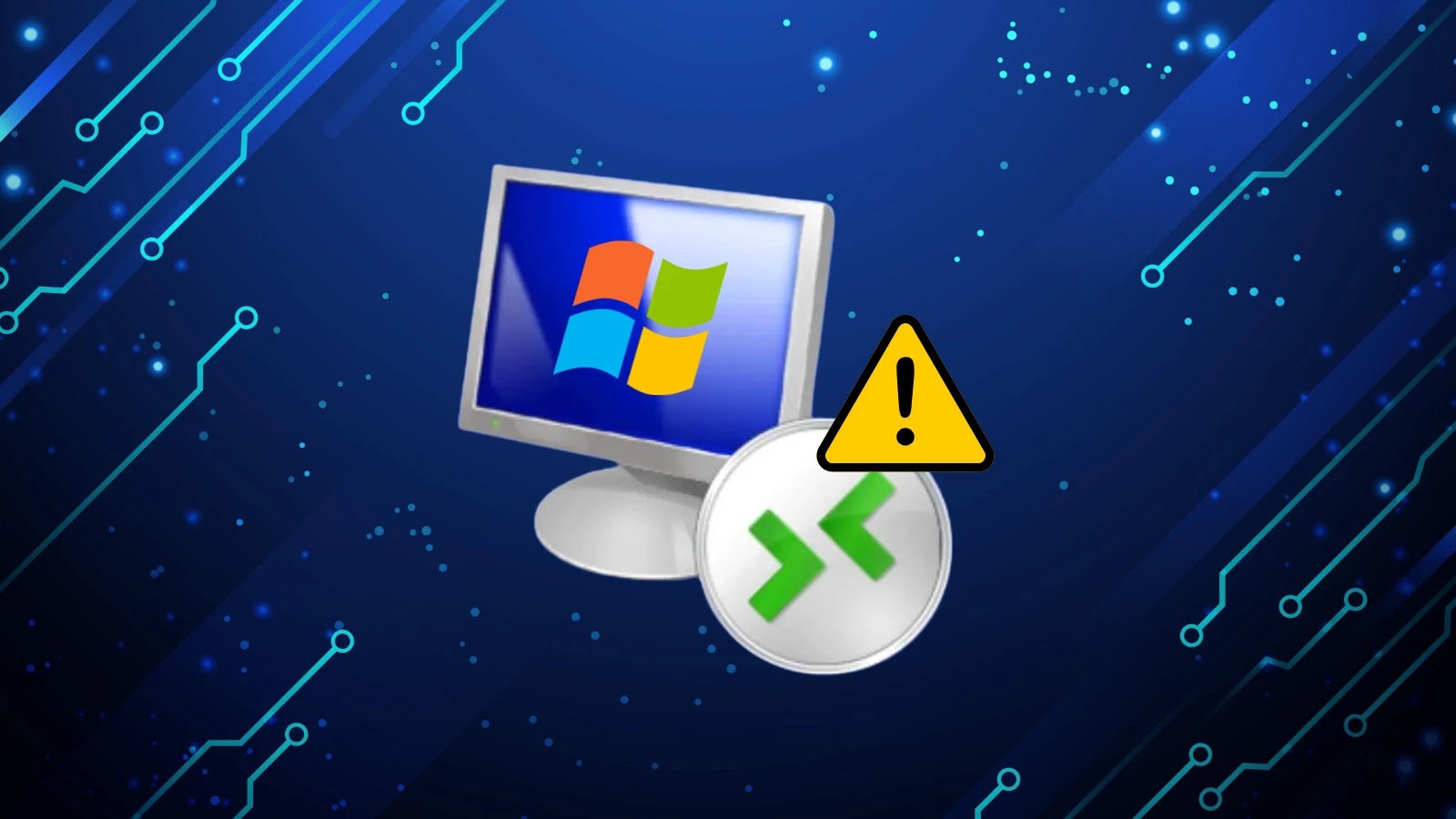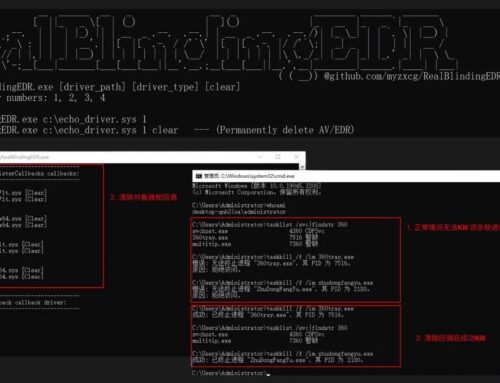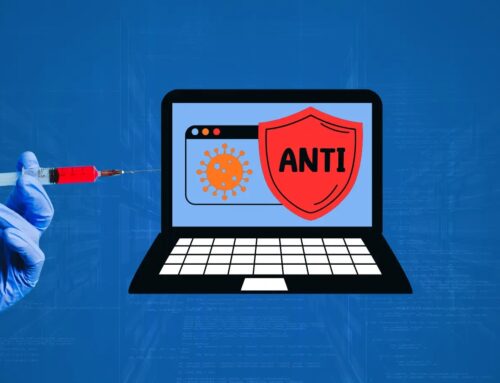
Windows Remote Desktop Services Vulnerability Let Attacker Deny Services Over Network
Urgent Warning: Critical Windows Remote Desktop Services Vulnerability Threatens Business Continuity
In the intricate landscape of network security, nothing is more critical than the integrity and availability of essential services. A recent disclosure from Microsoft has sent ripples through the cybersecurity community, revealing a significant vulnerability within Windows Remote Desktop Services (RDS). This flaw, tracked as CVE-2025-53722, presents a severe risk: the ability for unauthorized attackers to launch denial of service (DoS) attacks over network connections, impacting systems from legacy Windows versions to the cutting-edge Windows Server 2025 and Windows 11 24H2 releases. As expert cybersecurity analysts, we delve into the implications of this vulnerability and outline the immediate actions required to safeguard your infrastructure.
Understanding CVE-2025-53722: A Deep Dive into the RDS DoS Vulnerability
The vulnerability, officially identified as CVE-2025-53722, centers on the Remote Desktop Services component of the Windows operating system. RDS is a cornerstone for many organizations, enabling remote access to applications and desktops, and serving as a lifeline for hybrid workforces and centralized IT management. The critical nature of this vulnerability stems from its potential for a denial of service attack. An attacker can exploit this flaw without authentication, meaning they do not need valid credentials to disrupt your services. By leveraging this vulnerability, a malicious actor can effectively prevent legitimate users from accessing RDS, bringing business operations to a halt.
The widespread impact of CVE-2025-53722 cannot be overstated. It affects a broad spectrum of Windows versions, including:
- Windows Server 2008 R2
- Windows Server 2012 / 2012 R2
- Windows Server 2016
- Windows Server 2019
- Windows Server 2022
- Windows Server 2025 (preview releases)
- Windows 7 (extended support)
- Windows 8.1
- Windows 10
- Windows 11 (including 24H2)
This extensive list underscores the urgent need for a comprehensive patching strategy across all organizational endpoints and servers. Leaving any system unpatched is an open invitation for disruption.
The Threat Landscape: Why a Remote DoS is So Dangerous
A denial of service attack, especially one that can be launched remotely and without authentication, poses a significant threat. Unlike data breaches or privilege escalation, which often focus on data theft or system takeover, a DoS attack aims to cripple system availability. For organizations reliant on Remote Desktop Services for daily operations, customer support, or critical infrastructure management, a successful DoS attack can lead to:
- Operational Downtime: Employees unable to access necessary applications or desktops.
- Financial Losses: Lost productivity, missed revenue opportunities, and potential penalties for service level agreement (SLA) breaches.
- Reputational Damage: Erosion of customer trust and public image.
- Increased Workload for IT Teams: Resources diverted from strategic initiatives to incident response and recovery.
The ability of an attacker to exploit this vulnerability over the network means they do not need physical access or to be on the same local network segment. This expands the attack surface considerably, making it a critical concern for any organization exposing RDP to the internet, even behind a VPN or firewall.
Remediation Actions: Securing Your Windows RDS Environment
Immediate action is paramount to mitigate the risks associated with CVE-2025-53722. Microsoft has released security updates designed to address this vulnerability. The primary remediation strategy is patching, but it should be part of a broader security posture.
Immediate Steps:
- Patch Management: Prioritize the deployment of Microsoft’s security updates across all affected Windows systems. This includes workstations running Windows 10/11 and all Windows Server versions that utilize Remote Desktop Services. Ensure your patch management system is up-to-date and configured to deploy these critical updates without delay.
- System Inventory: Conduct a thorough audit of your network to identify all systems running Remote Desktop Services. This will ensure no vulnerable endpoints are overlooked during the patching process.
- Network Segmentation: Isolate Remote Desktop Services where possible. Do not expose RDP directly to the internet. Instead, use a VPN or a secure gateway (like Azure AD Application Proxy, for example) to provide an additional layer of security.
- Firewall Rules: Restrict inbound RDP traffic (TCP port 3389 by default) to only trusted IP addresses or networks. Implement strict firewall rules at the perimeter and internal network segments.
- Intrusion Detection/Prevention Systems (IDPS): Ensure your IDPS are updated with the latest signatures to detect and potentially block exploitation attempts related to RDP vulnerabilities.
- Monitor Logs: Regularly review event logs on RDS servers for unusual activity, failed login attempts, or signs of DoS attacks.
Tools for Detection and Mitigation
Leveraging the right tools is essential for effectively identifying vulnerable systems and securing your RDS environment. Here are some indispensable tools:
| Tool Name | Purpose | Link |
|---|---|---|
| Microsoft Update Catalog | Direct access to official security updates and patches. | https://www.catalog.update.microsoft.com/Home.aspx |
| Nessus (Tenable) | Vulnerability scanning for identifying unpatched systems and misconfigurations. | https://www.tenable.com/products/nessus |
| OpenVAS / GVM | Open-source vulnerability scanner for network and system assessment. | https://www.greenbone.net/en/community-edition/ |
| Wireshark | Network protocol analyzer for deep packet inspection and traffic anomaly detection. | https://www.wireshark.org/ |
| PowerShell Desired State Configuration (DSC) | Automated configuration management for ensuring consistent security baselines. | https://docs.microsoft.com/en-us/powershell/dsc/overview/overview |
Conclusion: Fortifying Your Digital Defenses
The revelation of CVE-2025-53722 serves as a potent reminder of the persistent and evolving nature of cyber threats. While the immediate focus must be on deploying the released security patches for Windows Remote Desktop Services, this incident also highlights the broader need for a proactive and layered cybersecurity strategy.
Organizations must embrace continuous vulnerability management, rigorous patch management policies, and robust network segmentation. By staying informed, acting swiftly on security advisories, and implementing comprehensive security controls, businesses can significantly reduce their attack surface and build a more resilient infrastructure against denial of service attacks and other detrimental cyber incidents. Prioritize these actions to maintain operational continuity and protect your critical services.





